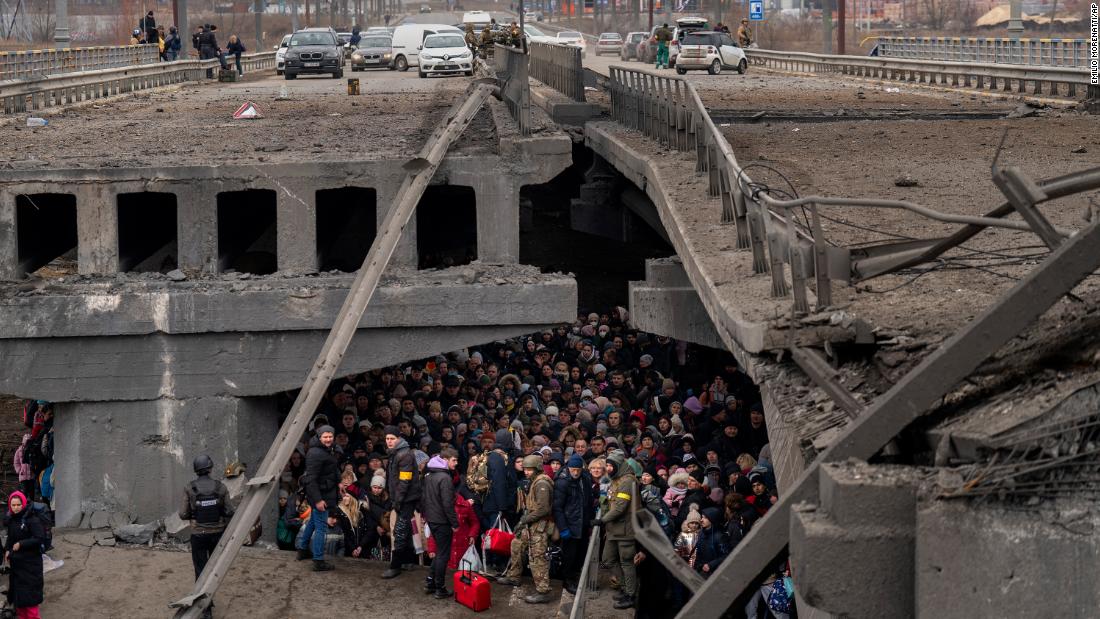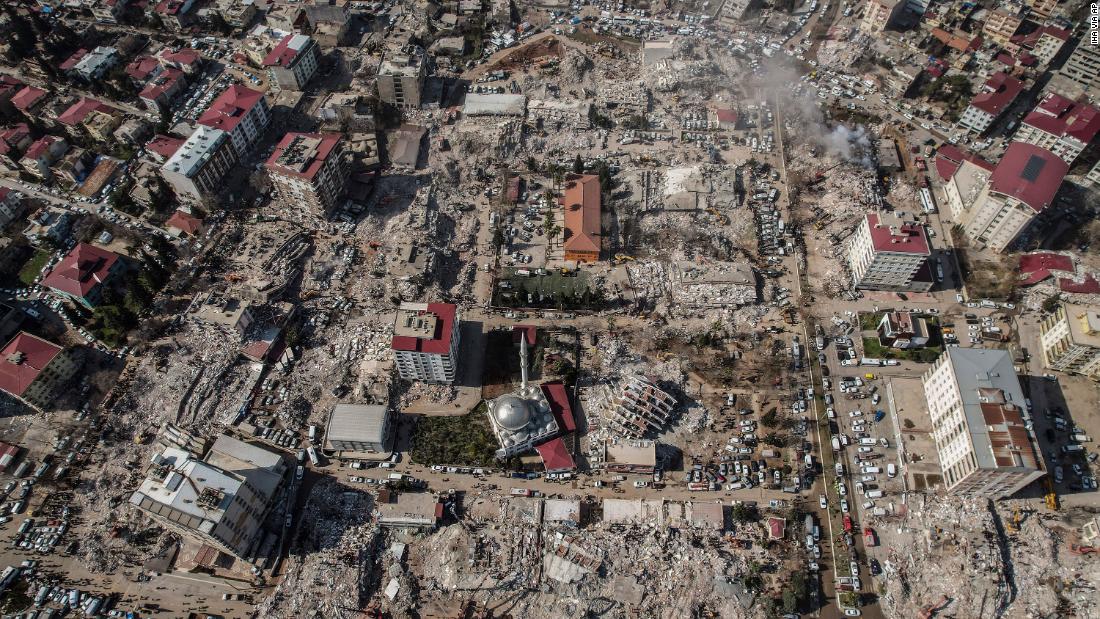Drones Eyed as Newest Crime Forensics Tools
A new drone technology system could be a game-changer for forensic searches and crime scene-mapping by detecting reflections from human materials — like identifying how a trace of blood and other human signs reflect light when found on various natural surfaces.

Currently, the traditional method of forensic searching and crime-scene mapping is still largely done on foot by trained technicians following a foot grid pattern or working their way out of the epicenter of a crime scene in a spiral fashion.
But, when time is of the essence and technology is ever-advancing, researchers knew there had to be a better way.
Looking to the sky, a new drone technology system could be a game-changer for forensic searches and crime scene-mapping by detecting reflections from human materials — like identifying how a trace of blood and other human signs reflect light when found on various natural surfaces, according to a summary of a forthcoming May article published by Scientific American.
Mark Krekeler, a mineralogist at Miami University in Ohio, and his colleagues realized that special drone-mounted sensors can record wavelength intensity for “the entire electromagnetic spectrum (rather than just the red, green and blue of a typical camera) in each pixel of an image.”
See Also: The Crimefighter Drone
This is groundbreaking because it can be used for more than just the mineral deposit tracking it’s currently implemented for — it can be used to pick up the visual signatures of blood, sweaty clothing, and skin tones, Scientific American details.
Krekeler and his team of researchers analyzed thousands of samples — like bloodstains on different rock types — and developed a software to analyze and identify targets of interest.
Within months, officials will be able to download and test the tool for themselves, Scientific American details.
Krekeler concludes that developing best-practice protocols for search teams could make such technology “routine for investigations and forensics.”
As drones and sensors become more widespread, he adds, they can transform investigations that are currently costly, labor-intensive — or even impossible.
Additional Reading: How Drones Can Transform Everyday Policing

 Landwebs
Landwebs 























